Listen up, folks! I’ve got a cracking Baba’s Countryside Fermented Tomatoes recipe for you today, straight from the Ukrainian countryside.
These fermented tomatoes are an absolute belter – not too salty, not too sweet, just packed with tangy, umami goodness.
This little gem has been passed down through generations in my family, all the way from the Chernihiv region. So, let’s get stuck in!
Directions
0/0 steps made- Prepare the brine by combining water, salt, and sugar. Bring to a boil, then cool completely.
- In clean jars, layer the aromatics: blackcurrant and cherry leaves, dill umbrellas, onion, garlic, horseradish leaves and root, bell pepper, chili pepper, peppercorns, and allspice.
- Add tomatoes to the jars.
- Pour the cooled brine over the tomatoes and aromatics, ensuring everything is covered.
- Seal the jars and allow them to ferment for several weeks.
Note: For extra flavor, you can add additional peppercorns, allspice, and bay leaves to the brine while boiling.
Cooking Time
Prep time: 30 minutes
Fermentation time: Approximately 2 months
Total time: 2 months
While there’s no actual “cooking” involved in this recipe, the fermentation process takes about 2 months.
The prep time includes preparing the brine, sterilizing jars, and assembling all ingredients.
The long fermentation period is essential for developing the rich, tangy flavor of these traditional Ukrainian tomatoes.
Tips for Perfect Fermented Tomatoes
Sterilize your jars and plastic lids with boiling water to ensure proper fermentation. Also, use plastic lids whenever possible. They let air escape during fermentation and prevent the jars from cracking.
For a larger batch in a 10-litre bucket, add 1 cup of salt and 1 cup of sugar to the brine. Then, seal the jars and let them stand at room temperature for the initial fermentation.
Once fermentation begins, move the jars to a cool cellar or basement to continue. Allow the tomatoes to ferment for about two months before tasting.
Finally, after two months, your fermented tomatoes are ready to enjoy. With these tips and a bit of patience, you’ll get perfectly tangy, flavorful tomatoes every time.
Health Benefits of Fermented Tomatoes
Fermented tomatoes boost gut health. First, they produce beneficial bacteria that improve digestion and strengthen your microbiome.
In addition, fermentation increases nutrient absorption. Your body can use more vitamins and minerals from the tomatoes.
Moreover, tomatoes provide plenty of lycopene and vitamin C. Lycopene supports heart health, and fermentation helps keep vitamin C levels high.
Finally, fermented tomatoes are low in calories and rich in B vitamins. They make a healthy snack and may improve mood while supporting energy levels.
Remember, while fermented foods offer many benefits, they should be part of a balanced diet. If you have any health concerns, it’s always best to consult with a healthcare professional.
Video by The Dr. Gundry Podcast
Risks of Fermented Tomatoes
High sodium content can be a concern. People with high blood pressure or on sodium-restricted diets should be careful.
In addition, improper preparation can lead to harmful bacterial growth. Always use clean equipment and follow proper fermentation techniques to stay safe.
Some people may experience digestive discomfort. For beginners, bloating or gas can occur when trying fermented foods for the first time.
Finally, the acidity can affect dental health, and high vitamin K levels may interact with certain medications. Rarely, allergic reactions may occur, and unpredictable fermentation can change taste or safety.
Pickled vs Fermented Tomatoes: What’s the Deal?
Right, let’s chat about the difference between pickled and fermented tomatoes, and why people often lump ’em all together as “pickles”. Here’s the scoop.
Pickled tomatoes are like the quick and easy cousin of fermented ones. You chuck ’em in a vinegar bath with some salt, sugar, and spices, and Bob’s your uncle – they’re ready in no time. It’s a bit like giving them a vinegary spa day.
Now, fermented tomatoes, like our nan’s recipe, are a whole different kettle of fish. These bad boys take their sweet time, sitting in a salty brine for weeks. It’s not vinegar doing the work here, but friendly bacteria having a right old party, turning the tomatoes tangy and complex. It’s proper old-school stuff, this.
So why do folks call ’em all pickles? Well, it’s a bit of a muddle, innit? The word “pickle” comes from the Dutch “pekel” meaning brine, which fits both methods. Plus, they both end up tangy and can last ages in the jar.
Video by Ali’s Organic Garden & Homestead
Gastro Pairings for Your Fermented Tomatoes: A Taste Adventure
Let’s talk about pairing these fermented tomatoes with some proper grub. Here’s the lowdown on what goes well with our tangy little beauties.
So, you’ve whipped up some garlicky buckwheat with mushrooms and chicken to go with your fermented tomatoes? Spot on, mate! That’s a cracking combo right there. The earthy buckwheat and umami-packed mushrooms are gonna sing with the zing of those tomatoes.
But hang on, we’re just getting started! These fermented gems are like the Swiss Army knife of Ukrainian cuisine – they go with everything! Here’s the deal: think of them as your zingy, juicy side salad that’ll cut through rich, hearty dishes like a charm.
Fancy some proper Ukrainian fare?
These fermented tomatoes pair beautifully with hearty varenyky stuffed with spuds or cheese. Likewise, they complement a big slice of salo, steaming borsch, crispy chicken Kyiv, or golden deruny with a dollop of smetana.
Additionally, these tomatoes work as a palate cleanser. They refresh your taste buds between bites of rich, fatty dishes that Ukrainian cuisine is famous for.
Furthermore, they add a tangy brightness to every meal. Each bite gives a little flavor reset on your plate.
Finally, feel free to get creative with them. Whether serving homestyle comfort food or a full Ukrainian feast, these tangy tomatoes bring energy and flavor to the table.
Equipment for Fermented Tomatoes
First, get large glass jars, about 1-2 liters each, and make sure they are spotlessly clean. Next, use plastic lids because they won’t corrode from the brine.
You will also need a large pot for boiling the brine. Additionally, have measuring cups and spoons ready to get your salt and sugar ratios just right.
A knife and cutting board come in handy for chopping aromatics, while a colander works well for washing tomatoes and herbs. Moreover, a large bowl helps with mixing and pouring the cooled brine.
Finally, a funnel makes pouring easier, and a kettle or pot for boiling water is essential for sterilizing jars and lids. Don’t forget tongs for handling hot jars safely.
Remember, cleanliness is key here. Give everything a good scrub before you start. And if you’re feeling fancy, you could invest in some proper fermentation kit with airlocks, but honestly, these basics will do you just fine. Happy fermenting!
Where Can You Buy Herbs
In the USA, Whole Foods Market is a great spot for fresh dill and horseradish root. Farmers’ markets often offer unique herbs like blackcurrant and cherry leaves.
For the UK, Waitrose carries a selection of fresh herbs, including occasional dill umbrellas. If you need dried herbs and spices, Holland & Barrett is a solid option.
Across the EU, Carrefour stores in France and Belgium offer a great range of fresh and dried herbs. Eataly in Italy and Germany is known for high-quality herbs and specialty ingredients.
Also, Woolworths in Australia stocks common herbs, with some seasonal specialty items. Harris Farm Markets is known for its wide range of fresh herbs.
Finally, in Canada, Loblaws carries a variety of fresh herbs, including dill and garlic. St. Lawrence Market in Toronto is perfect for locally grown herbs and specialty greens.

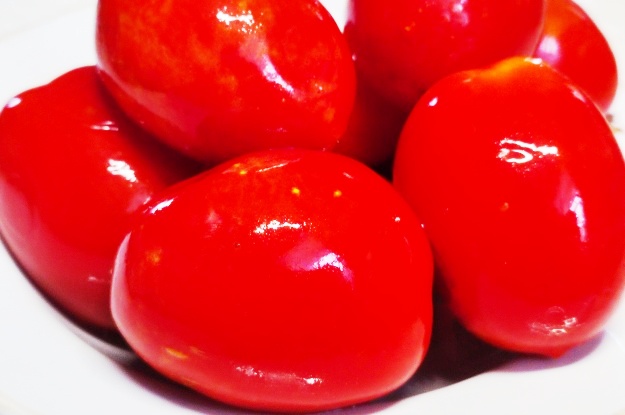
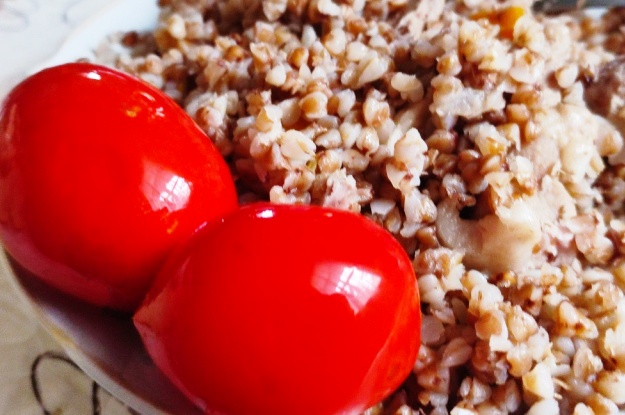
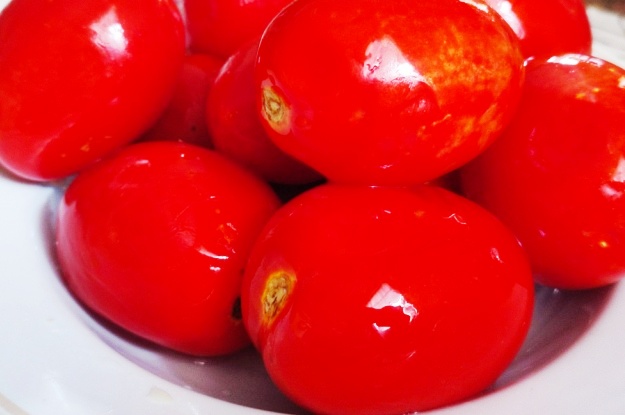
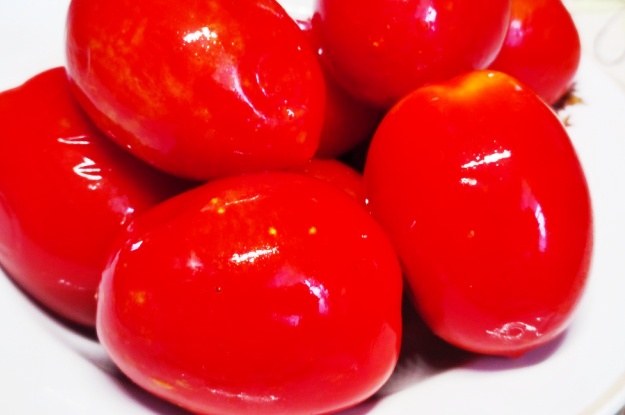
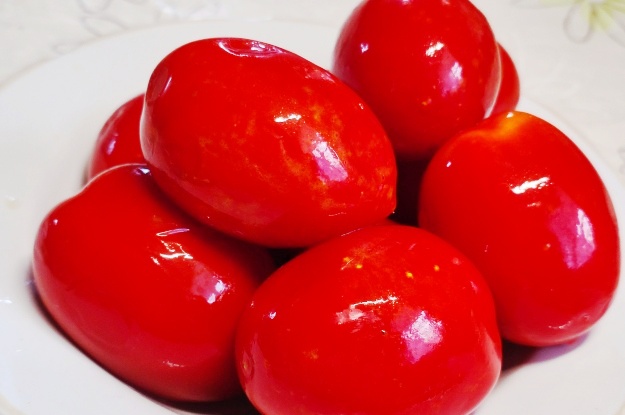

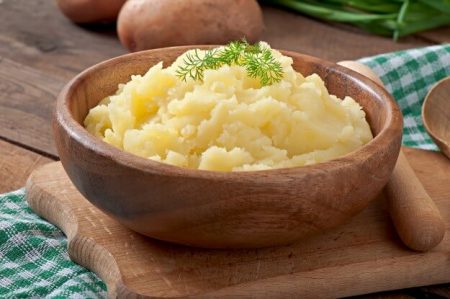

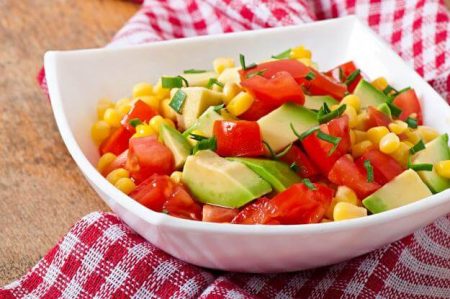
Recent comments